Butterflies are often seen as symbols of beauty and grace, but some of them stand out not just for their elegance but for their outright bizarre features. The most bizarre butterfly species in the world showcase unique adaptations, colors, patterns, and behaviors that leave scientists and enthusiasts amazed. From their intricate life cycles to the peculiar habitats they thrive in, these butterflies are a testament to nature's boundless creativity. In this article, we’ll explore everything from the species themselves to how we can protect and even raise them.
Here’s a look at ten butterfly species that redefine what we think we know about these delicate creatures:
Glasswing Butterfly (Greta oto)
Bizarre Trait: Transparent wings, like panes of glass, allowing them to "disappear" into their surroundings.
Habitat: Found in Central and South America, thriving in rainforests.
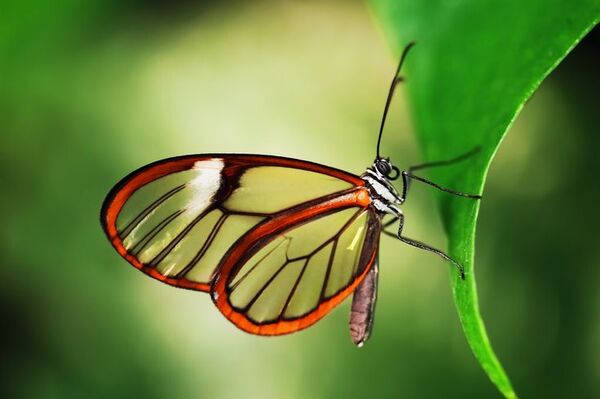
Atlas Moth (Attacus atlas)
Bizarre Trait: Often mistaken for a butterfly due to its size, it has wing tips that look like snake heads to scare predators.
Size: Wingspan of up to 10 inches (25 cm), making it one of the largest insects in the world.
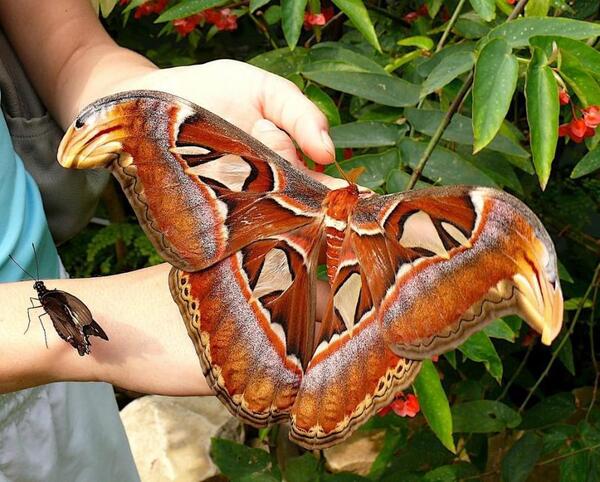
Blue Morpho (Morpho menelaus)
Bizarre Trait: Iridescent blue wings that seem to shimmer due to light refraction rather than pigmentation.
Survival Trick: When folded, their wings are brown and camouflaged against tree bark.
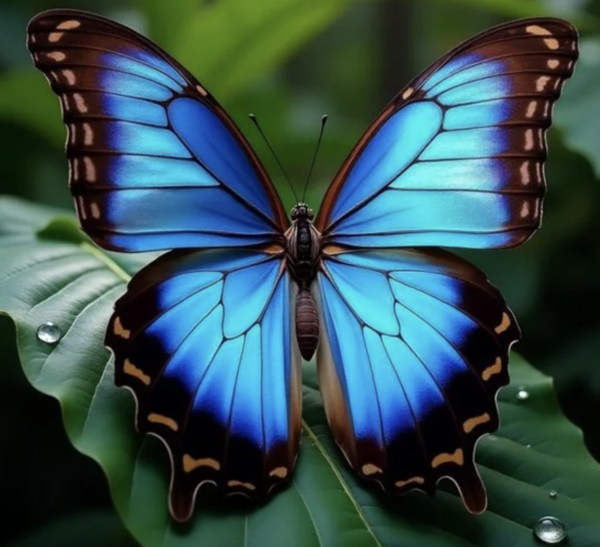
Dead Leaf Butterfly (Kallima inachus)
Bizarre Trait: Mimics a dead, dried leaf perfectly when its wings are closed. Even the "veins" of the leaf are visible!
Habitat: Found in forests of India and Southeast Asia.
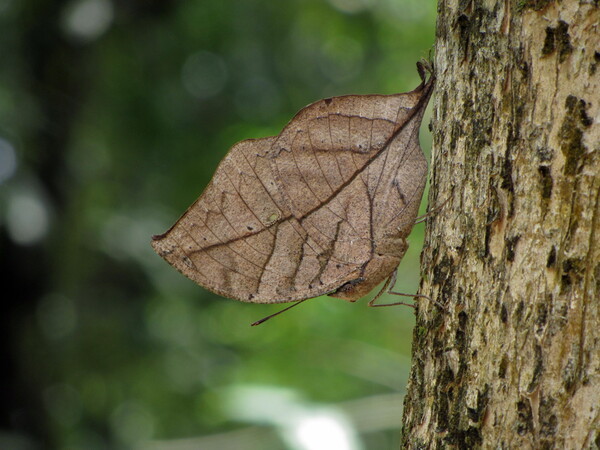
Birdwing Butterfly (Ornithoptera alexandrae)
Bizarre Trait: The largest butterfly species, with females having wingspans of nearly 12 inches (30 cm).
Habitat: Rainforests of Papua New Guinea.
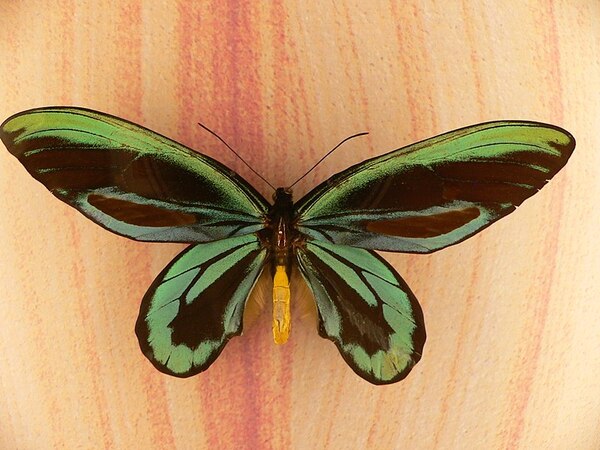
Glasswing Owl Butterfly (Caligo eurilochus)
Bizarre Trait: Its wings feature eye-like patterns to scare away predators.
Behavior: Primarily active during twilight, avoiding direct competition with daytime butterflies.
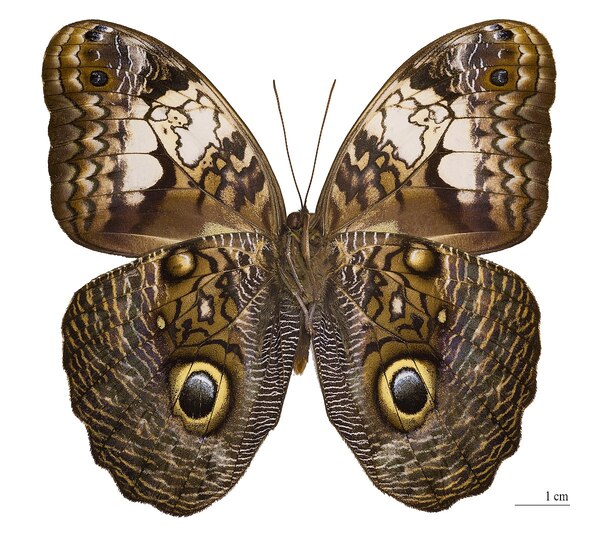
Comet Moth (Argema mittrei)
Bizarre Trait: Long, trailing tails on its hindwings that confuse predators.
Habitat: Native to Madagascar.
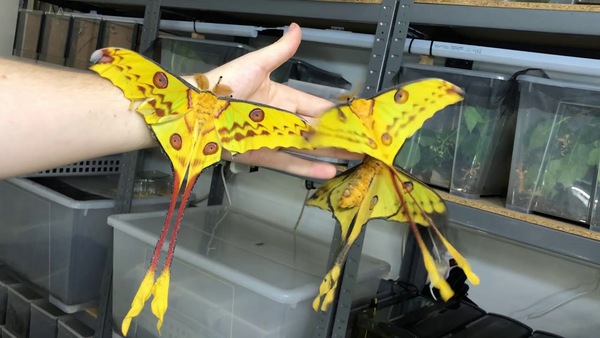
Malachite Butterfly (Siproeta stelenes)
Bizarre Trait: Bright green and black patterns resembling malachite gemstones.
Behavior: Known for basking in sunlight to show off its striking colors.
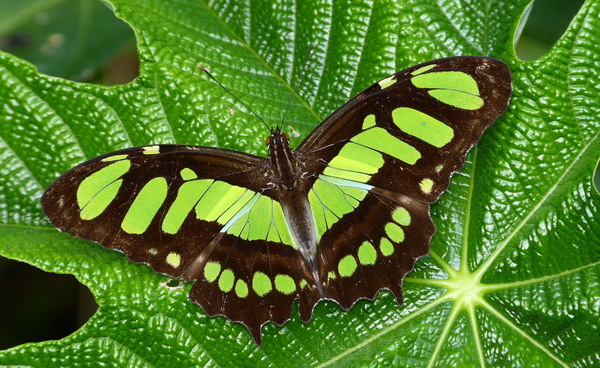
Zebra Longwing (Heliconius charithonia)
Bizarre Trait: Black and white striped wings resemble a zebra, and it feeds on pollen, an unusual trait for butterflies.
Longevity: Lives much longer than typical butterflies due to its pollen-rich diet.
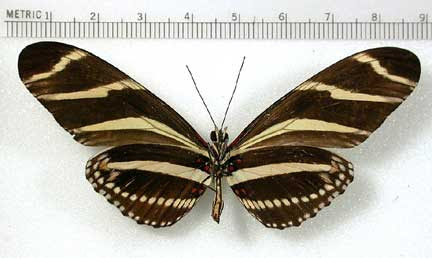
Nymphalis Antiopa (Mourning Cloak)
Bizarre Trait: Found in temperate regions, it hibernates during winter and is one of the longest-lived butterfly species, surviving up to 10 months.
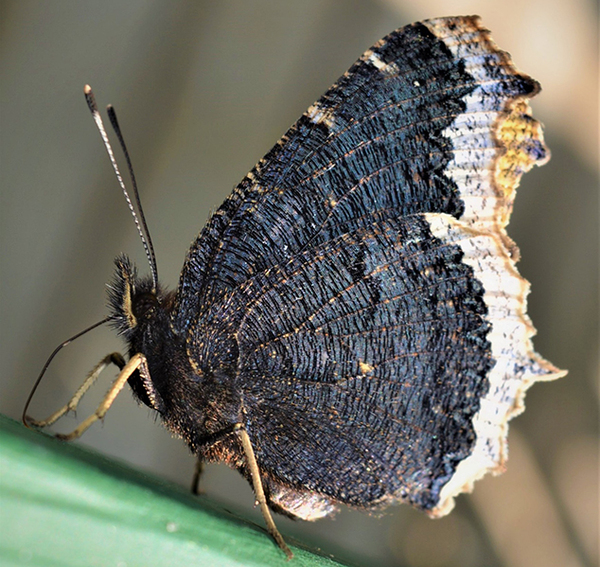
Even the most bizarre butterfly species follow a four-stage lifecycle, but their unique traits often manifest during specific stages.
Egg
Most species lay their eggs on host plants tailored to their larvae’s dietary needs. For example, the Atlas moth lays its eggs on citrus trees.
Larva (Caterpillar)
The larvae of bizarre butterflies are equally unusual. For instance, the birdwing caterpillar is adorned with fleshy spines that secrete toxic chemicals.
Pupa (Chrysalis)
This is where the magic happens. A dead leaf butterfly’s chrysalis looks like a curled-up, withered leaf, offering camouflage until it emerges as a butterfly.
Adult Butterfly
The adult stage showcases the unique adaptations of these butterflies, from transparent wings to vibrant colors.
The habitats of bizarre butterflies are as diverse as their appearances:
Rainforests: Glasswing and blue morpho butterflies thrive in humid, dense rainforests of South America.
Mountains: Birdwing butterflies prefer higher altitudes with cooler climates.
Urban Environments: Zebra longwings adapt well to gardens and parks, even in urban areas.
If you’re fascinated by the most bizarre butterfly species, raising them can be a rewarding experience. Here’s a step-by-step guide:
Choose the Right Species
Start with species that are easier to care for, like the zebra longwing or malachite butterfly.
Provide Host Plants
For larvae, host plants are essential. For example, blue morpho caterpillars need a steady supply of passion vines.
Create a Suitable Habitat
Use a mesh butterfly enclosure with plenty of light and air circulation. Maintain humidity for tropical species.
Monitor the Lifecycle
Ensure proper care during the pupal stage. Some species, like the atlas moth, require a stable temperature for successful metamorphosis.
Release or Display
Once the butterflies emerge, you can either release them into the wild or keep them for observation.
Many bizarre butterfly species are threatened by habitat loss, climate change, and illegal collection. Here’s how we can help:
Protect Their Habitats
Support conservation organizations that work to preserve rainforests and other ecosystems.
Encourage Sustainable Practices
Avoid products that contribute to deforestation, such as unsustainable palm oil.
Raise Awareness
Educate others about the importance of preserving biodiversity, including these unique butterflies.
The colors and patterns of bizarre butterflies often serve a purpose:
Camouflage: Dead leaf butterflies blend seamlessly into their environment.
Warning Signals: The bright colors of birdwing butterflies warn predators of their toxicity.
Attraction: Iridescent wings of the blue morpho make it easier to find mates in dense rainforests.
The most bizarre butterfly species in the world are more than just a visual treat—they are a fascinating look into the adaptability and creativity of nature. From their stunning life cycles to their unique habitats, these butterflies continue to inspire awe and admiration. Protecting them is not just about saving a species but preserving the delicate balance of ecosystems they represent. Whether you’re an enthusiast, a conservationist, or just someone who appreciates natural beauty, there’s always more to learn about these incredible insects.
animal tags: bizarre-butterfly-species
We created this article in conjunction with AI technology, then made sure it was fact-checked and edited by a Animals Top editor.